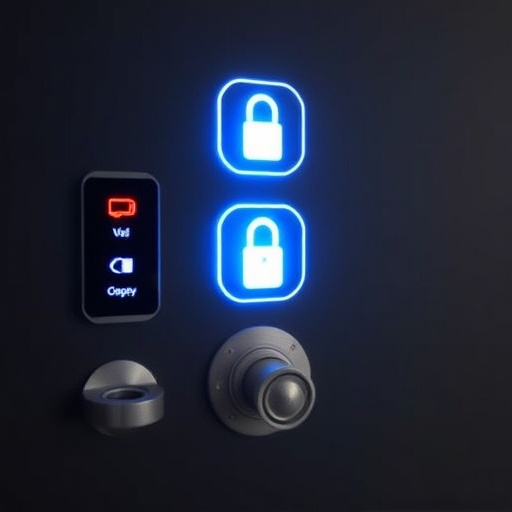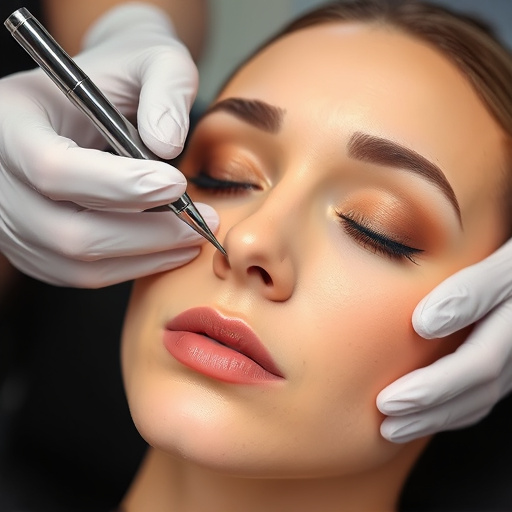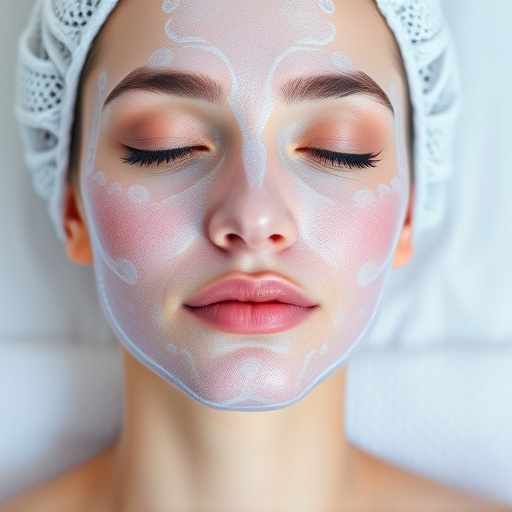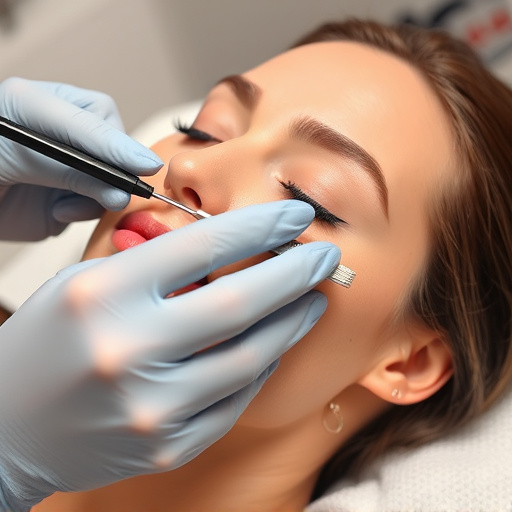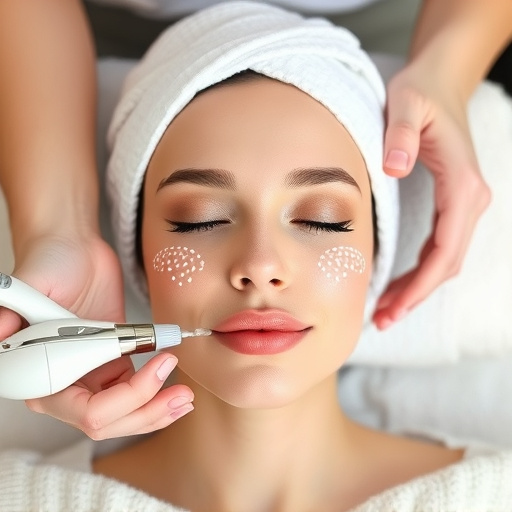Laser wrinkle reduction is a non-invasive skincare procedure that uses concentrated light energy to target and smooth fine lines and wrinkles by stimulating collagen production. This precise method offers minimal downtime and long-lasting results, making it an attractive wrinkle reduction treatment. While expensive compared to other options like facials or microdermabrasion, lasers provide high-quality outcomes for those seeking a permanent solution. Budget-conscious individuals may opt for alternative, more affordable skincare routines or procedures.
“Are you considering laser wrinkle reduction as a potential anti-aging solution? This in-depth guide explores whether this non-invasive procedure is worth the cost. We delve into the science behind it, examining how laser technology targets fine lines and wrinkles.
Weighing the benefits against potential drawbacks, we help you make an informed decision. From safety concerns to results and alternatives, learn about the factors influencing your choice. Uncover if this wrinkle reduction treatment lives up to the hype and discover if it aligns with your skincare goals.”
- Understanding Laser Wrinkle Reduction: How Does It Work?
- Benefits and Considerations: Weighing the Pros and Cons
- Cost Analysis and Alternatives: Is It Justified?
Understanding Laser Wrinkle Reduction: How Does It Work?

Laser wrinkle reduction has emerged as a popular and innovative skincare treatment, promising significant improvements in skin appearance. This non-invasive procedure utilizes concentrated light energy to target specific skin concerns, with a particular focus on fine lines and wrinkles. The process involves advanced technology that penetrates the skin’s upper layers, stimulating collagen production and enhancing skin elasticity. By breaking down fibrous tissue and smoothing out the skin’s surface, lasers can effectively reduce the depth of wrinkles, providing a more youthful and radiant complexion.
The key to its success lies in the ability of laser treatments to promote natural skin rejuvenation. Unlike some aggressive procedures, laser wrinkle reduction works by gently encouraging the body’s inherent healing processes. This approach ensures minimal downtime and offers long-lasting results, making it an attractive option for those seeking effective yet gentle wrinkle reduction treatment. Combined with other skincare practices like regular hydration and sun protection, lasers can be a game-changer in maintaining healthy, youthful skin.
Benefits and Considerations: Weighing the Pros and Cons

Laser wrinkle reduction offers a promising solution for those seeking youthful-looking skin. This non-invasive procedure utilizes concentrated light energy to stimulate collagen production and smooth fine lines and wrinkles. One of the key benefits is its ability to provide long-lasting results, making it a popular choice among individuals wanting a more permanent solution compared to topical creams. Moreover, lasers can target specific areas, allowing for precise treatment and minimal side effects.
However, considering the cost of laser wrinkle reduction treatments is essential. The expense varies based on factors like the technology used, the size of the treated area, and the number of sessions required. While it may be more expensive than over-the-counter alternatives or certain aesthetic treatments like laser hair removal, many individuals find the investment worth it for the potential to achieve smoother, younger-looking skin. Personalized skincare plans, tailored to individual needs, can further enhance the effectiveness and efficiency of these treatments.
Cost Analysis and Alternatives: Is It Justified?

The cost analysis of laser wrinkle reduction treatments can be a significant factor in determining their value proposition. While these procedures offer promising results, they often come with a substantial price tag compared to other wrinkle reduction treatments like hydrating facials or acne treatments. However, when considering long-term effectiveness and potential for minimizing the signs of aging, some individuals find it justified.
Among the alternatives, personalized skincare regimens backed by professional guidance can be a more budget-friendly approach. These routines, tailored to individual skin types and concerns, may not offer the same dramatic results as lasers but can effectively manage and prevent wrinkles over time. Additionally, non-invasive procedures like microdermabrasion or chemical peels present accessible options for those seeking affordable wrinkle reduction treatments without the high associated costs of laser therapies.
Laser wrinkle reduction offers a promising solution for those seeking youthful-looking skin, but is it worth the cost? After exploring the science behind it, weighing the benefits and considerations, and analyzing costs, it’s clear this treatment has its merits. However, it’s essential to weigh personal budget constraints and explore alternative wrinkle reduction treatments before making a decision. Laser technology provides a precise and targeted approach to skin rejuvenation, but other options like retinol or chemical peels may offer more accessibility and affordability. Ultimately, the choice depends on individual needs, financial capabilities, and the desired level of skin improvement.

